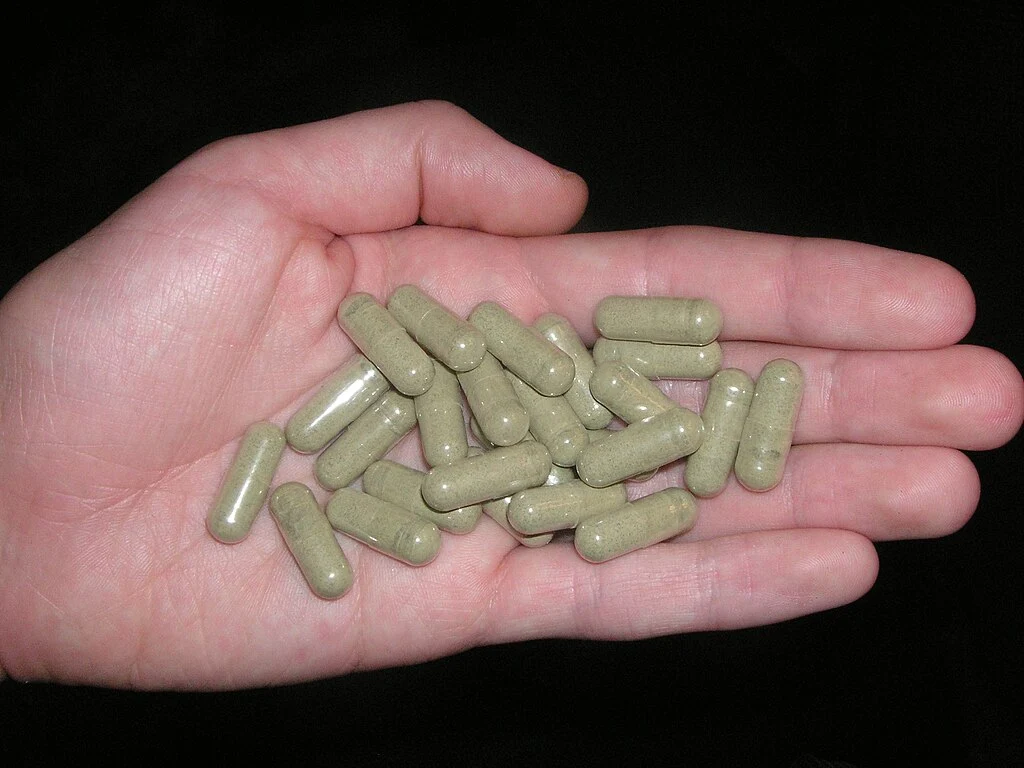Kratom Addiction Treatment in Colorado
What is Kratom?
Kratom (Mitragyna speciosa) is a tropical tree native to Southeast Asia, whose leaves have been traditionally used for their stimulant and sedative effects, depending on the dosage. Consumed by chewing, brewing as tea, or in powdered or encapsulated forms, kratom contains active compounds that interact with opioid receptors in the brain. While it has been used for pain relief, increasing energy, and alleviating opioid withdrawal symptoms, kratom poses significant risks, including addiction, dependency, and side effects such as nausea, constipation, and, at high doses, hallucinations and liver damage. Its legality varies, and its safety remains controversial, necessitating professional help for those struggling with its use.

How Do People Use Kratom?
Uses of Kratom
Traditionally, kratom has been used to:
- Relieve pain
- Increase energy and stamina
- Alleviate symptoms of opioid withdrawal
- Treat diarrhea
- Act as a local anesthetic
Effects of Kratom
Kratom contains several active compounds, with mitragynine and 7-hydroxymitragynine being the most significant. These compounds interact with opioid receptors in the brain, producing effects similar to both stimulants and opioids, depending on the dosage:
- Low Doses: At low doses, kratom acts as a stimulant, increasing energy, alertness, and sociability.
- High Doses: At higher doses, kratom has sedative effects, alleviating pain, inducing euphoria, and promoting relaxation.
Understanding Kratom Addiction
While some people use kratom for its stimulant effects or to manage pain, it can lead to dependency and addiction. Understanding the signs and symptoms of kratom addiction is the first step toward recovery.
Signs and Symptoms of Kratom Addiction
Regular use of kratom can lead to both dependence and addiction, as the body becomes accustomed to its effects. When kratom use is reduced or stopped, individuals may experience withdrawal symptoms similar to those of opioids, including muscle aches, insomnia, irritability, and mood swings. This potential for addiction and challenging withdrawal underscores the importance of cautious use and professional guidance in managing kratom consumption. Kratom addiction can manifest in various ways. Common signs include:
Increased tolerance:
Withdrawal symptoms:
Behavioral changes:
Physical symptoms:

What Causes an Addiction to Kratom?
Side Effects of Kratom
What are the Immediate and Prolonged Effects of Kratom Addiction?
9 Short-Term Effects of Kratom Addiction
10 Long-Term Effects of Kratom Addiction
Healthcare professionals prescribe Vicodin (hydrocodone/acetaminophen) to manage moderate to severe pain.3, It is utilized in various medical conditions and situations where alternative pain relief measures are insufficient.4
Residential Program for Kratom Addiction Treatment at Choice House
At Choice House, our 90-day Residential Program provides a comprehensive and immersive treatment experience for individuals struggling with kratom addiction. Combining medical, therapeutic, and holistic strategies, our approach addresses the physical, psychological, and emotional aspects of addiction. Each person’s journey is unique, and our team of professionals works closely with clients to develop personalized treatment plans tailored to their specific needs. These plans incorporate a combination of therapies and interventions aimed at addressing the root causes of addiction.
Our residential program features a range of therapies to support recovery. Individual therapy sessions with licensed therapists help clients explore underlying issues using evidence-based practices like cognitive-behavioral therapy (CBT) and motivational interviewing. Group therapy offers a supportive environment for sharing experiences and building community, while family therapy aims to repair relationships and create a supportive home environment. We also incorporate holistic therapies such as outdoor therapy, art therapy, and nutritional counseling to promote overall well-being. Additionally, life skills training in stress management, relapse prevention, and vocational support prepares clients for life after treatment. Our commitment extends beyond the residential stay, with robust aftercare planning that includes continuing therapy, support groups, and regular follow-up services to ensure long-term success. At Choice House, we provide a holistic, supportive, and structured environment for recovery, helping clients build a strong foundation for a healthy, substance-free future.
Transitional Living for Continuing Kratom Addiction Treatment at Choice House
At Choice House, we understand that the journey to recovery from kratom addiction doesn’t end after completing a 90-day Residential Program. To support our clients in maintaining their sobriety and transitioning back to everyday life, we offer a robust Transitional Living Program. This program provides a structured and supportive environment where individuals can continue their recovery journey while gradually reintegrating into society. Our facilities offer a safe, substance-free environment where clients can focus on their recovery, surrounded by a community of peers who are also in recovery. The program emphasizes essential life skills development, such as job readiness, financial management, and healthy living practices. Clients have access to ongoing therapy and counseling services, including individual, group, and family therapy, to address ongoing challenges and strengthen relationships.
Relapse prevention is a key focus in our Transitional Living Program. Clients learn to identify triggers, manage stress, and implement effective coping strategies, with regular attendance at support groups like NA or AA meetings to reinforce their commitment to sobriety. Mentorship opportunities allow residents to support newer peers, reinforcing their own recovery principles. We also encourage community engagement through volunteering and participation in local events to build a network of sober friends and acquaintances. As clients approach the end of their stay, we work with them to develop a comprehensive aftercare plan, ensuring continued therapy, support group connections, and setting long-term personal and professional goals. Our Transitional Living Program bridges the gap between intensive residential treatment and independent living, providing continued support, structure, and resources for sustained recovery from kratom addiction.
Contact Choice House Today!
Kratom’s dual nature as both a stimulant and sedative, along with its opioid-like effects, makes it a substance of interest but also of concern. If you or someone you know is struggling with kratom use, seeking professional help is crucial.
Located in the serene surroundings of Boulder, Colorado, Choice House offers a peaceful and nurturing environment conducive to recovery. Our state-of-the-art facilities and experienced staff are dedicated to providing the best care possible. Call today! 720-577-4422
FAQ
How Addictive Is Kratom?
How Long Does It Take To Withdraw From Kratom?
Withdrawal from kratom typically begins within 12 to 24 hours after the last dose and can last anywhere from 3 to 8 days, with symptoms peaking around the third day.1
